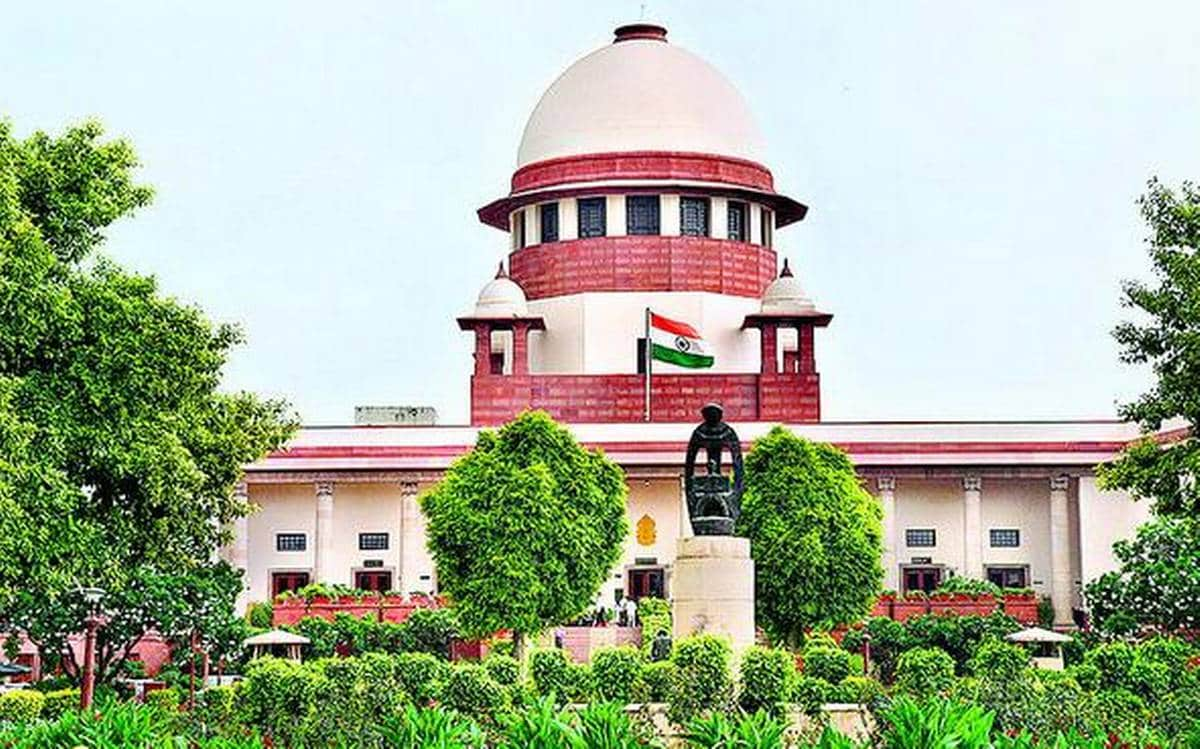Third-party funding or litigation funding or dispute funding, is the non-recourse funding of litigation costs of a party by a funder in exchange for a share in the monetary award of the litigation, if successful. Third-party funding can be used to cover the cost in any form of dispute resolution mechanism, including, traditional litigation in courts, arbitration and/or mediation.
Countries have opened up their borders for international trade, foreign investment, transnational banking and finance. Due to this there has been substantial rise in transnational businesses, in turn cross-border commercial disputes has increased. To solve the dispute in between individuals of two nations, no other option is better than International Arbitration. The only down side to this is that high operational cost is required in arbitration.
Nonetheless, there are ethical and practical issues related to third party funding. Many jurisdictions like Singapore and Hong Kong have come up with solution for such issues. In India, even though third party funding is not explicitly barred, there is no regulatory framework for the same. This has caused the exploitation of the receiving party by the funder or violation of rights of the funder.
POTENTIAL COMPLICATIONS IN THIRD-PARTY FUNDING
The market for TPF has grown exponentially. The significance of TPF in arbitration is undeniable, nonetheless, there involves certain practical and ethical issues that needs to be reflected upon and address its acceptance globally. These issues include the disclosure of TPF, the qualification of third-party funders, the funder’s impact on legal professionals, conflicts of interest, the funder’s control on the proceedings, the threat of TPF to confidentiality of case materials and the legal privilege, the funder’s costs liabilities, the termination of the funding agreement, etc. The following are the key problems concerning the TPF that must be considered and solutions shall be given in the regulation so framed.
1. DISCLOSURE REQUIREMENTS
One of the prominent issues surrounding TPF have been about the disclosure of TPF agreements. The arbitral tribunal does not have the jurisdiction to give any finding regarding the funding agreement as their jurisdiction is solely limited to the dispute in hand. To promote transparency in general, the need for disclosure of third-party funding agreements has been identified as an essential practice for assessing the conflicts of interest and promotion of a full and fair discussion of cost-related matters. However, the case may go otherwise. The disclosure of TPF may unduly influence the tribunal or prevent the proper settlement of a case.
2. POTENTIAL CONFLICT OF INTEREST
Third-party funding may cause a conflict of interest with an appointed arbitrator due to multiple appointments indirectly made by the same third-party funder, a relationship between the funder and the arbitrator’s law firm, or shares held by the arbitrator in third-party funding corporation. In event that there is no obligation to disclose the name of the third-party funder, this possibility would impact the transparency of the arbitral process and would also be antithetical to the principle of independence and impartiality of an arbitrator.
3. CONFIDENTIALITY
Arbitration often includes the confidentiality clause and the parties are required to follow confidentiality before, during or after the arbitral proceedings. This is one of the advantages of arbitration which attracts people to go for arbitration to resolve the disputes. The intensity of confidentiality is more in international commercial arbitration then in international investment arbitration.
COUNTRIES HAVING SET FRAMEWORK FOR THIRD-PARTY FUNDING
1. ENGLAND
England has one of the world’s most developed TPF markets. TPF has thus far become an important component of commercial proceedings in England, whether in litigation or arbitration. Before TPF, English law already provided a variety of non-party funding options for the resolution of disputes. These funding options all serve the same function as TPF, but they are regulated differently than TPF. When dealing with in response to the risks of TPF, England implemented the first industrial self-regulation for third-party funders, which greatly influenced many other countries jurisdictions like Hong Kong. In parallel to that, TPF in England is regulated by case law on an ad hoc basis.
2. SINGAPORE
Singapore was the first Asian country to require third-party funding for arbitrations. It has passed the Civil Law (Amendment) Act of 2017, which repeals maintenance and champerty and recognizes third-party funding arrangements as valid for prescribed dispute resolution mechanisms if they are not contrary to public policy, as well as prescribing funder rights and exceptions to those rights. The Civil Law (Third Party Funding) Regulations, 2017, which were passed in 2017, also govern third-party funding arrangements. Singapore considers the disclosure of TPF as a necessity for managing conflicts of interest where third party funders are involved.
3. HONG KONG
Hong Kong remained a British colony until 1997, and its laws on maintenance and champerty were based on English legal precedent. The Hong Kong courts have ruled in favour of upholding prohibitions on maintenance and champerty, but those do not apply to third-party funding in arbitration, whether international or domestic. The Hong Kong Legislative Council passed the Arbitration and Mediation Legislation (Third-party Funding) Amendment Ordinance, 201754, which resulted in the publication of the Hong Kong Code of Practice for Third-party Funding in Arbitration.
INDIA’S CURRENT DYNAMICS OF THIRD-PARTY FUNDING
Third-party funding in India would be really helpful for parties going for arbitration for resolving their disputes as in India arbitration can be exponentially costly. TPF would give the financially weaker party an opportunity for the dispute being financed without undertaking the immediate risk for expending their financial resources. TPF in arbitration aid India to achieve its public policy objective of “access to justice”. In Anita Kushwaha case, the Hon’ble Supreme Court observed that ‘access to justice will be no more than an illusion if the adjudicatory mechanism provided is so expensive as to deter a disputant from taking resort to the same.’
In India, as discussed above, the doctrine of maintenance and champerty has not been explicitly there. The cases have examined the contract on the basis of malicious intent on the part of the funder in the TPF agreement. If the intent of initiating frivolous legislation was found then only the doctrines was applied. In Mr. “G” a Senior Advocate, the apex court observed that the stringent English standards of champerty and care are not widely practiced in India. The TPF agreement legally enforceable and beneficial in whichever case it is granted. In 2018, the Supreme Court in Bar Council of India v. A.K Balaji & Ors, held that TPF in arbitration is not prohibited, nonetheless, the legal representative is specifically precluded from entering into contingent contract with their client.
NEED FOR REGULATORY FRAMEWORK IN INDIA FOR THIRD-PARTY FUNDING
Even though TPF is not explicitly barred in India and in the past few decades the TPF in arbitration has increased by a huge margin, but there is no legislation to guide it. For India TPF can be especially beneficial for the micro, small and medium enterprises who fears to allocate their valuable funds for resolving their dispute though arbitration. Nonetheless, for the parties to avail full benefit for the same regulation is needed. This legal uncertainty can affect the party in proceeding in the following manner:-
1. When the claimant is the funded party, the opposing party may seek an injunction on the grounds of abuse of legal process during the arbitration.
2. When an arbitral award is issued in favor of the funded party, the opposing party may seek to rescind the award on the grounds that it was the result of a funded arbitration rather than public policy.
All these risk issues can be settled for both domestic and international arbitration if proper regulatory framework is put into place. Moreover, the parties cannot be eft to decide these terms in their own contract primarily due to these two reasons. Firstly, India is still at a very nascent stage in terns of TPF and the experienced funder can take the benefit of such naïve parties and exert higher degree of control over them. Secondly, the aim of arbitration funding id to popularize arbitration among masses.
RECOMMENDED POLICY FRAMEWORK FOR REGULATING THIRD-PARTY FUNDING IN INDIA
The 2019 Amendment Act of the Arbitration and Conciliation Act, 1996, aimed to make India a hub of domestic and international arbitration. Nonetheless, it failed to address the issue regarding regulation of TPF in India’s international Commercial Arbitration proceedings. The authors of this paper recommend the following features for the regulatory framework for TPF.
1. Explicit provision in the Arbitration and Conciliation Act, 1996- The Arbitration and Conciliation Act is the primary act in India which lays down rules and regulation for arbitration within the Indian jurisdiction. In this act and explicit provision must be inserted regarding the validity of third-party agreement and compliance of the same. This would help in expanding the public policy objective of “access to justice”.
2. Mandate Disclosure of third-party agreements- The Indian jurisdiction should amend the confidentiality clause and make it an exception for disclosing third-party agreements to the opposite party and the arbitrator. Further, the arbitrator must be vested with the discretionary power to order disclosure of the funding agreements.
3. Define third-party funding- A uniform definition must be taken for third-party agreement. The two alternatives are either it can adopt a specific definition as provided under the US Transatlantic trade and Investment Partnership negotiations. Otherwise can go along the lines of Principle 6 of the IBS Guidelines where it can be incorporated in the act or every arbitral institution can be given the discretion to make their own definition.
CONCLUDING REMARKS
To sum it up, the paper has viewed the concept of TPF with variety of lenses. Starting from the roots of the concept and it being criminalized by the common law jurisdictions. Further, saw the shift of perspective of the global view regarding the doctrine and the removal of criminal and tortious liability by majority of the jurisdictions.
Moreover, it reflected upon the modern-day regulatory framework adopted after legalizing TPF in their respective countries. Continuing the study of India’s stance, it analyzed the status of TPF in India both through legislative as well as judicial approach. Further, the need of making a set legislation in India for TPF was reflected upon. The TPF is essential for India to fulfill its public policy objective of access to justice for all. The work has started towards making a regulatory framework, however it has a lot to cover to establish a smooth arbitration process involving third-party arbitration.


 Opinion3 years ago
Opinion3 years ago
 Entertainment8 years ago
Entertainment8 years ago
 Entertainment8 years ago
Entertainment8 years ago
 Fashion8 years ago
Fashion8 years ago
 Opinion3 years ago
Opinion3 years ago
 Politics8 years ago
Politics8 years ago
 Entertainment8 years ago
Entertainment8 years ago
 Entertainment8 years ago
Entertainment8 years ago








